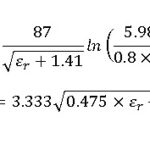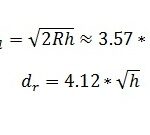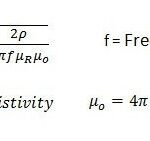What is DCCH in LTE?
Let me explain DCCH in LTE in a simple yet detailed way, so you can get a better understanding of its role. DCCH stands for Dedicated Control Channel, and it plays a significant role in the LTE network’s communication process. If you’re familiar with the basics of LTE, you know that there are multiple channels for transmitting different types of data. DCCH is specifically used for the transmission of control information, but it’s dedicated to a specific user or device.
To help you understand the importance of DCCH, let me walk you through its function. LTE networks are designed to handle large amounts of traffic with high efficiency, and to achieve that, control signals are necessary. These signals inform the network about various things like user equipment (UE) capabilities, status updates, and resource management. The DCCH is dedicated to these kinds of signaling communications between the UE (your mobile device) and the network. Unlike common control channels that are used by multiple users, the DCCH is exclusively used by a single user equipment (UE) at a given time.
The DCCH exists in two forms in LTE:
- Dedicated Traffic Channel (DTCH): This channel is used for the transfer of data between the UE and the evolved Node B (eNB). It handles the bulk of user data, but when it comes to signaling and control messages, the DCCH takes over.
- Dedicated Control Channel (DCCH): This channel is responsible for transmitting specific control information related to the user equipment. These could include commands from the network or responses from the UE. It is separate from the regular traffic channels that carry user data.
DCCH operates under the RRC (Radio Resource Control) layer, which is responsible for managing the communication between the UE and the LTE network. Essentially, the DCCH is used to carry RRC signaling messages, including those related to connection establishment, release, and mobility management. It ensures that the control data sent between your device and the network is delivered reliably.
For example, when you move between different cells while using your phone, the network needs to know your new location and update the context accordingly. The DCCH helps in carrying these messages that manage your mobility. It also handles tasks like cell selection and reselection, as well as maintaining session continuity during handovers.
As we learned in previous articles, LTE networks use a variety of channels for different purposes. The DCCH is a crucial part of this system, ensuring that control signals for maintaining active connections, mobility, and other vital functions are reliably transmitted without interfering with the actual data traffic that is handled by other channels. It plays a key role in maintaining the efficiency and quality of communication between the network and your device, especially during complex scenarios like handovers or network reconfigurations.
In essence, the DCCH is like the communication channel that carries the instructions for managing your device’s connection to the network, ensuring everything runs smoothly and that your data and control signals do not interfere with each other.


